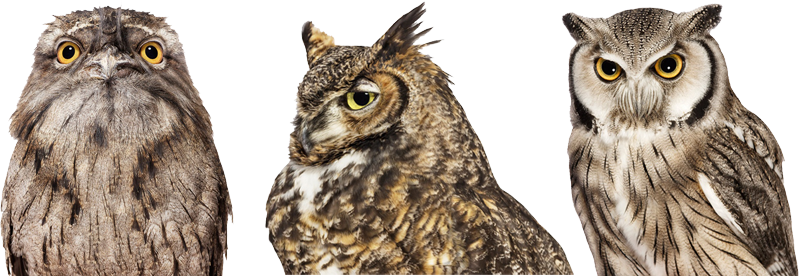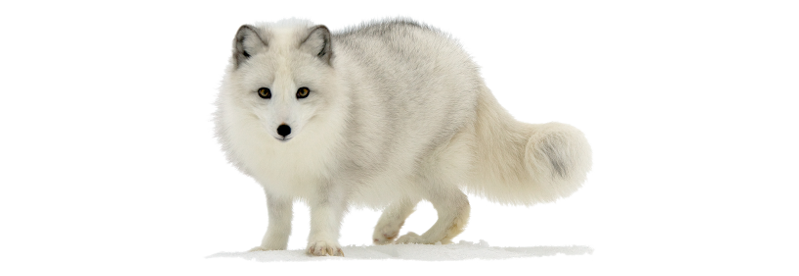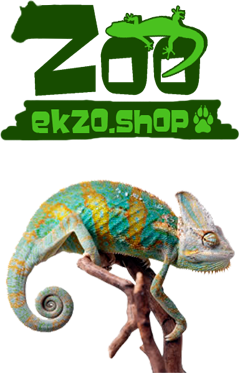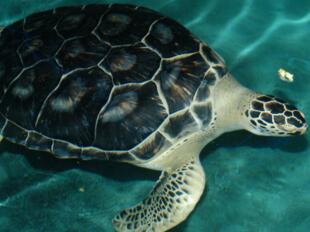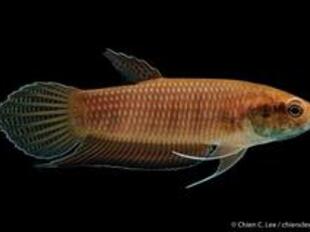Appearance
All members of the cat family have the following characteristics in common:
They are digitigrade, have five toes on their forefeet and four on their hind feet.
Their curved claws are protractile and attached to the terminal bones of the toe with ligaments and tendons.
They actively protract the claws by contracting muscles in the toe, and they passively retract them.
The upper third premolar and lower molar are adapted as carnassial teeth.
Their nose projects slightly beyond the lower jaw.
They have well developed and highly sensitive whiskers above the eyes, on the cheeks, on the muzzle, but not below the chin. Whiskers help to navigate in the dark and to capture and hold prey.
Their skull is foreshortened with a rounded profile and large orbits.
Their tongue is covered with horny papillae, which rasp meat from prey and aid in grooming.
Their eyes are relatively large, situated to provide binocular vision. Their night vision is especially good due to the presence of a tapetumlucidum, which reflects light back inside the eyeball, and gives felid eyes their distinctive shine. As a result, the eyes of felids are about six times more light sensitive than those of humans, and many species are at least partially nocturnal. The retina of felids also contains a relatively high proportion of rod cells, adapted for distinguishing moving objects in conditions of dim light, which are complemented by the presence of cone cells for sensing colour during the day.
Their external ears are large, and especially sensitive to high-frequency sounds in the smaller cat species.This sensitivity allows them to locate small rodent prey.
They have lithe and flexible bodies with muscular limbs.
The plantar pads of both fore and hind feet form compact three-lobed cushions.
The standard sounds made by all felids include meowing, spitting, hissing, snarling and growling. Meowing is the main contact sound, whereas the others signify an aggressive motivation.
The colour, length and density of their fur is very diverse. Fur colour covers the gamut from white to black, and fur pattern from distinctive small spots, stripes to small blotches and rosettes.
In the great majority of cat species, the tail is between a third and a half of the body length, although with some exceptions, like the Lynx species and margay.
Cat species vary greatly in body and skull sizes, and weights:
The largest cat species is the tiger (Pantheratigris), with a head-to-body length of up to 390 cm (150 in), a weight range of at least 65 to 325 kg (143 to 717 lb), and a skull length ranging from 316 to 413 mm (12.4 to 16.3 in).The smallest cat species are the rusty-spotted cat (Prionailurusrubiginosus) and the black-footed cat (Felisnigripes). The former is 35–48 cm (14–19 in) in length and weighs 0.9–1.6 kg (2.0–3.5 lb).[9] The latter has a head-to-body length of 36.7–43.3 cm (14.4–17.0 in) and a maximum recorded weight of 2.45 kg (5.4 lb).
Habitat
Species in this family are found in all areas of the world, except for Australia and Antarctica.
Behavior
Activity patterns range from nocturnal and crepuscular to diurnal, depending on their preferred prey species.
Diet
Like most other members of Carnivora (carnivores), cats mainly get food by killing and eating other animals. They are more strictly carnivorous (meat eating) than most other carnivore families.
Reproduction
Males and females have several mating partners, producing an average oftwo to four kittens per litter. The young stay with their mother for up to eighteen months, longer for big cats.
In captivity
The average lifespan for members of this family is from 2 to 20 years.
In captivity, the representatives of this family should be given enough space for having a rest and every day activities. As a rule, it is organized an enclosure with a small house as a shelter for an animal. There should be a lot of plants and a swimming pool in the cat`s house. You mustn`t forget about toys and props to entertain the cat. Wild cats must be vaccinated and regularlyexamined at the vet. Animals` diet should consist of various meat sorts. Big cats, for example, lions, eat 6-8 kilos of meat a day. The food amount will depend on the animal`s weight and species.
 Russian
Russian
 English
English







